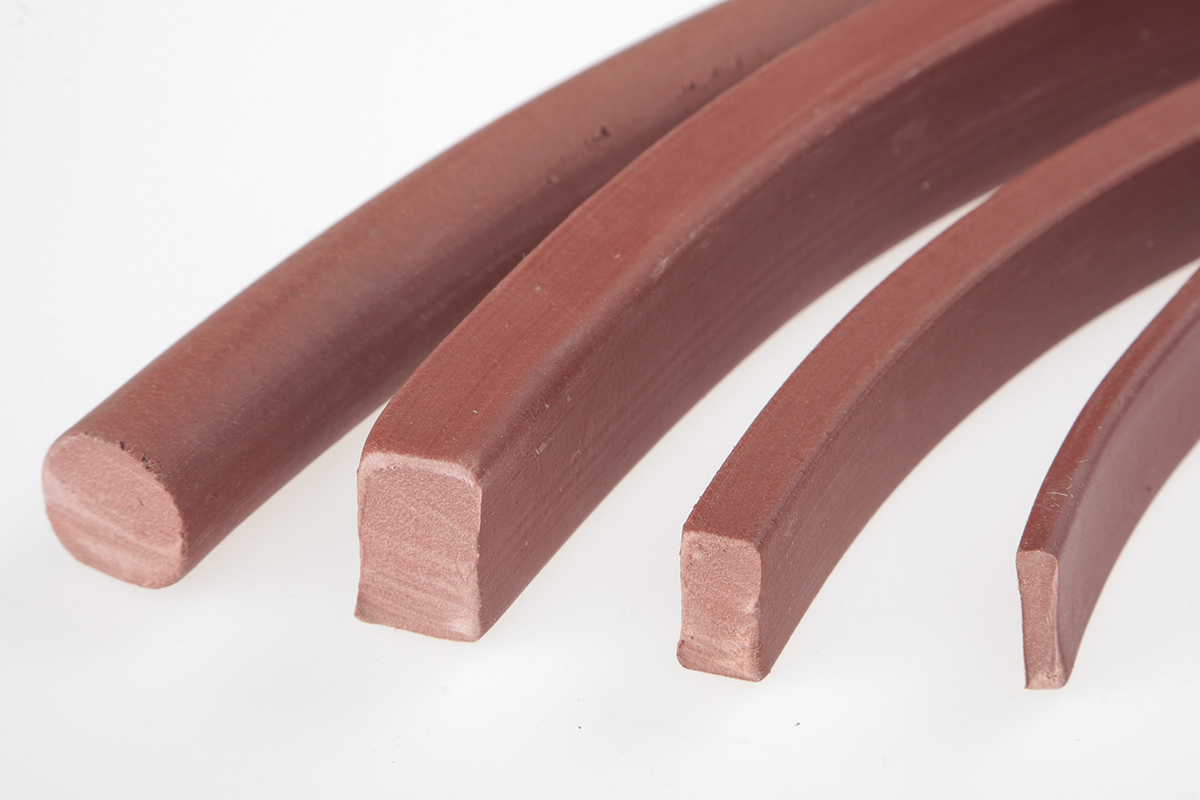In this article we will talk about one of the most popular materials that provides waterproofing of concrete structures – bentonite cord.
After reading the proposed text, you will get a general idea of the properties, use, principle of operation, types, selection, installation of the appropriate profile and its advantages.
Application and Features
The key property of bentonite cord is the ability to swell and the body of concrete, absorbing moisture. A unique opportunity to increase in volume as a result of contact with water profile gives its basic component – bentonite clay.
This material has become widespread due to the ease and simplicity of installation, as well as excellent performance characteristics. A suitable cord provides reliable waterproofing of the junction of communications and seals cold technological seams in conditions of frost, heat and sudden temperature changes.
The scope of use of this material is the laying of engineering communications, repair and reconstruction of exploited concrete structures and new construction.
Bentonite cord, which is the direct and main participant of the waterproofing system, expands in the concrete body, which greatly simplifies construction work.
The trick of this material is an increase in volume as a result of contact with water. As a result, all cracks, voids and seams are completely hermetically filled with the profile.
A cord based on bentonite clay is used for sealing:
- joints between concrete slabs (meaning cold working seams)
- inputs of water supply, sewer communications and heating systems of centralized heating
- holes that appear in concrete after dismantling the formwork.
Bentonite cord, increasing its volume through hydration by about 4 times, is able to adhere tightly and firmly to the concrete surface. It acquires a gel-like consistency and fills all voids, from seams to areas of junctions. As a result of appropriate sealing, the structures become reliably protected from potentially dangerous moisture.
About the types of bentonite cords and their choice

Our company produces such profiles of the Sanpol Hydrostop series in different sizes.
The product line includes cords with a cross section of 0.5x1 cm, 1x2 cm, 1.5x2.5 cm. Complements the model range - a cord with a round cut d 22 mm.
If you want to order a large volume of products with different dimensions and a certain length, we will make it especially for you.
The standard option is a five-meter-long cord.
Bentonite cord is chosen based on the thickness of concrete structures and their technological specifics:
- the best solution for sealing holes is a cord with a round cross section d 22 mm
- for hermetic processing of cold seams, a cord with a rectangular cross section of 20x30, 15x25 or 10x20 mm should be chosen
- communication inputs imply the use of a thin profile with a rectangular section of 5x20 mm
Preference should be given to manufacturers with an impeccable reputation – this is exactly what our company is.
Principles of profile mounting
The technology of installation works depends on the brand of the cord. To perform such work, you will need dowels or a special mesh.
More often, bentonite cord is nailed with steel nails or pressed with a prosechno-exhaust mesh. It is possible to use the profile to fix the cord.
A cord with a round cut d 22 mm is inserted into the hole, which remains after dismantling the coupling screw, after which the connection is covered with a repair mixture.
With a cord with a rectangular section of 5x20 mm, when entering engineering communications, the pipe is rotated, using a sealant or wire for fixing, after which the appropriate place is filled with a solution of the repair mixture.
Bentonite cords of 20x30 mm, 15x25 and 10x20 mm, in order to seal the seams, are laid along the line of these seams and fastened with a mesh, using glue (sealant) and dowels. The final stage of such installation is pouring concrete mortar.
What are the advantages of a bentonite cord
This material has proven itself to have a number of advantages:
- democratic value
- easy installation (this work requires minimal skills and does without special tools)
- reliable operation in conditions of frost up to -30 ° C and heat up to 50 ° C
- plasticity
- ability to withstand significant hydrostatic pressure.
You can also mount a bentonite cord on a wet base – this is the tightness of the structure, it will not affect.


